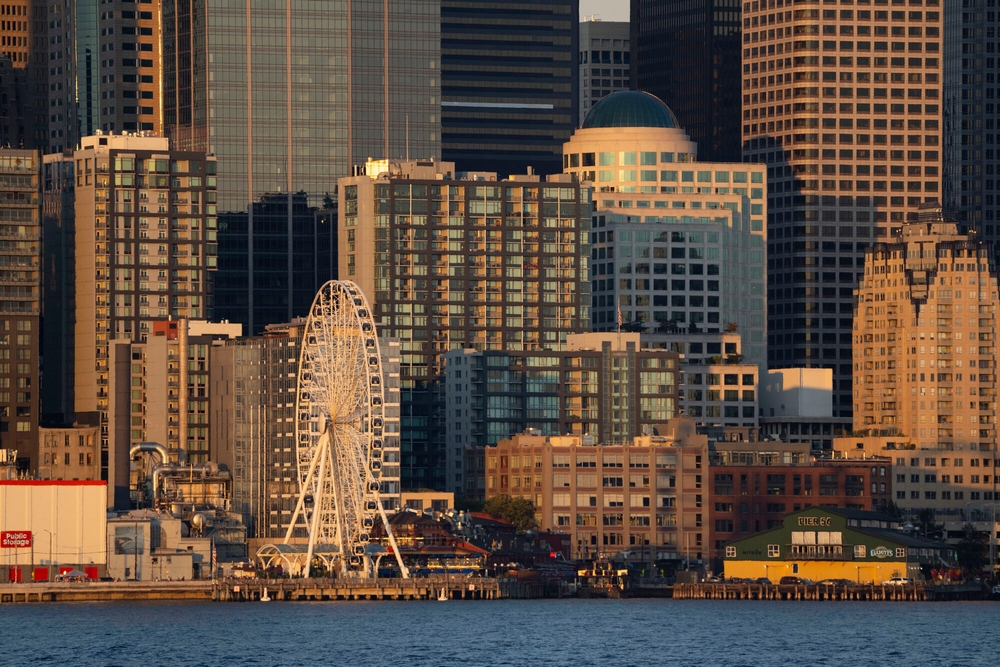Published
- 2 min read
How Downtown Can Save America: A Look at Walkable City by Jeff Speck

How Downtown Can Save America: A Look at Walkable City by Jeff Speck

In his eye-opening book Walkable City: How Downtown Can Save America, One Step at a Time, city planner and urban designer Jeff Speck makes a compelling case for reshaping American cities. At the heart of his argument is a simple, radical idea: if we make our cities more walkable, we can solve many of the major problems facing urban America—economic stagnation, public health crises, environmental degradation, and social disconnection.
What Makes a City Walkable?
According to Speck, walkability is not just about having sidewalks. A truly walkable city offers four things:
- Usefulness – People should be able to walk to work, school, shops, and services.
- Safety – Streets should be designed to protect pedestrians, not just move vehicles.
- Comfort – Trees, benches, and human-scaled architecture make walking pleasant.
- Interest – Varied, engaging surroundings keep walkers mentally stimulated.
Without all four, people will choose to drive instead.
Why It Matters
Speck argues that car-centric planning has hollowed out downtowns and made cities less livable. In contrast, walkable cities offer a host of benefits:
- Health: People in walkable communities tend to be fitter and suffer less from diseases related to sedentary lifestyles.
- Economy: Walkability increases property values, boosts local businesses, and attracts creative professionals.
- Environment: Reducing car dependency slashes emissions and energy use.
- Equity: A walkable city is accessible to everyone—not just car owners.
The Walkability Fix
Speck doesn’t just diagnose the problem—he offers solutions. His book outlines practical strategies, such as:
- Replacing parking lots with mixed-use development
- Narrowing roads and adding bike lanes
- Reforming zoning laws to encourage density and diversity of use
- Investing in public transit
He challenges common myths, like the idea that free parking is a public right or that widening roads eases congestion. In reality, these practices make cities more hostile to pedestrians and often fail to reduce traffic.
A Book for Everyone
What makes Walkable City stand out is its accessibility. Speck writes with humor, clarity, and passion, making complex planning ideas understandable for readers of all backgrounds. Whether you’re a policymaker, architect, activist, or simply someone who loves cities, this book has something to offer.
Final Thoughts
Walkable City is more than a book—it’s a manifesto for a better urban future. Speck invites us to reimagine our cities not as machines for cars, but as ecosystems for people. In doing so, he offers hope that American downtowns can once again become vibrant, sustainable, and livable places.
If we want to save America, maybe we just need to start walking.